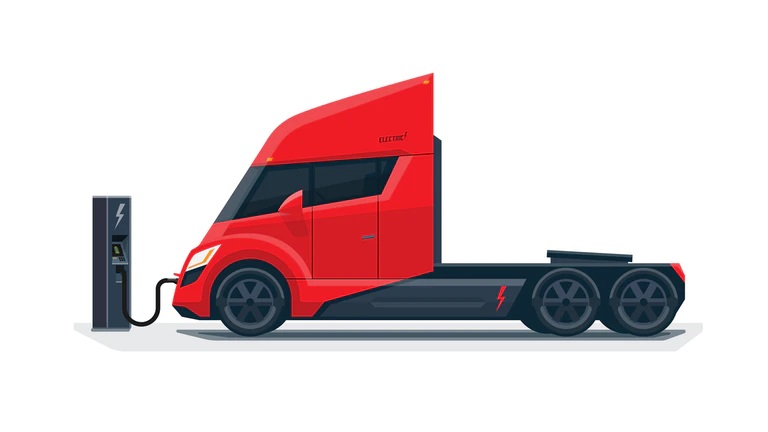Utilities play a crucial role in supporting truck electrification. They can assist with fleet planning and fleet assessments, handle interconnection and capacity upgrades if needed, in some cases incentivize customer-side charger costs and help with rate design including time-of-use rates, demand charges, and subscription charges.
Given all that, isn’t it time you got to know your utility company and, in some cases, utility companies if your fleet operates in multiple locations?
Even if you are just beginning to look at adopting electric trucks into your fleets, contact your local utility now to begin “the getting to know each other” process. Historically, fleets and utilities have not worked together in this manner, and it will take some time for each side to understand the operating needs of the other.
This advice was echoed by all the panelists on our recent Electric Truck Bootcamp Training #4, Working With Your Utility.
Fleets need to learn which parts of the EV infrastructure the utility covers—hint it typically is everything before the meter—and which parts are their responsibility to purchase and install. However, utilities can help fleets right-size their charging infrastructure to meet their current and future needs but one that is not over built.
Fleets also need to understand things like time-of-use pricing and demand charges, especially given that every utility rate structure differs.
On the other hand, utilities need to understand things like the number of EV trucks you have, the hours the trucks are operating, miles driven per day, hours available for charging, number of vehicles that need to charge at the same time, etc.
Given the amount of information that needs to be shared, you can see the value of beginning discussion early. Fleets need to contact their utilities and find the appropriate contact person. If you are lucky, your utility will be using the single point of contact model where one person works with you throughout the entire process, from planning for EV adoption to determining infrastructure needs to deciding on chargers to working with you on managing charging. If not, be prepared to work with multiple people at the same utility and make sure to document everything, so as people join the process, they can quickly be brought up to speed.
Don’t wait until your first EV is delivered to talk with your utility about charging. Do it now. It’s never too late to start the dialogue.
Michael Roeth has worked in the commercial vehicle industry for nearly 30 years, most recently as executive director of the North American Council for Freight Efficiency. He currently serves on the second National Academy of Sciences Committee on Technologies and Approaches for Reducing the Fuel Consumption of Medium and Heavy-Duty Vehicles and has held various positions in engineering, quality, sales and plant management with Navistar and Behr/Cummins.
Source: https://www.fleetowner.com/
CUT COTS OF THE FLEET WITH OUR AUDIT PROGRAM
The audit is a key tool to know the overall status and provide the analysis, the assessment, the advice, the suggestions and the actions to take in order to cut costs and increase the efficiency and efficacy of the fleet. We propose the following fleet management audit.




